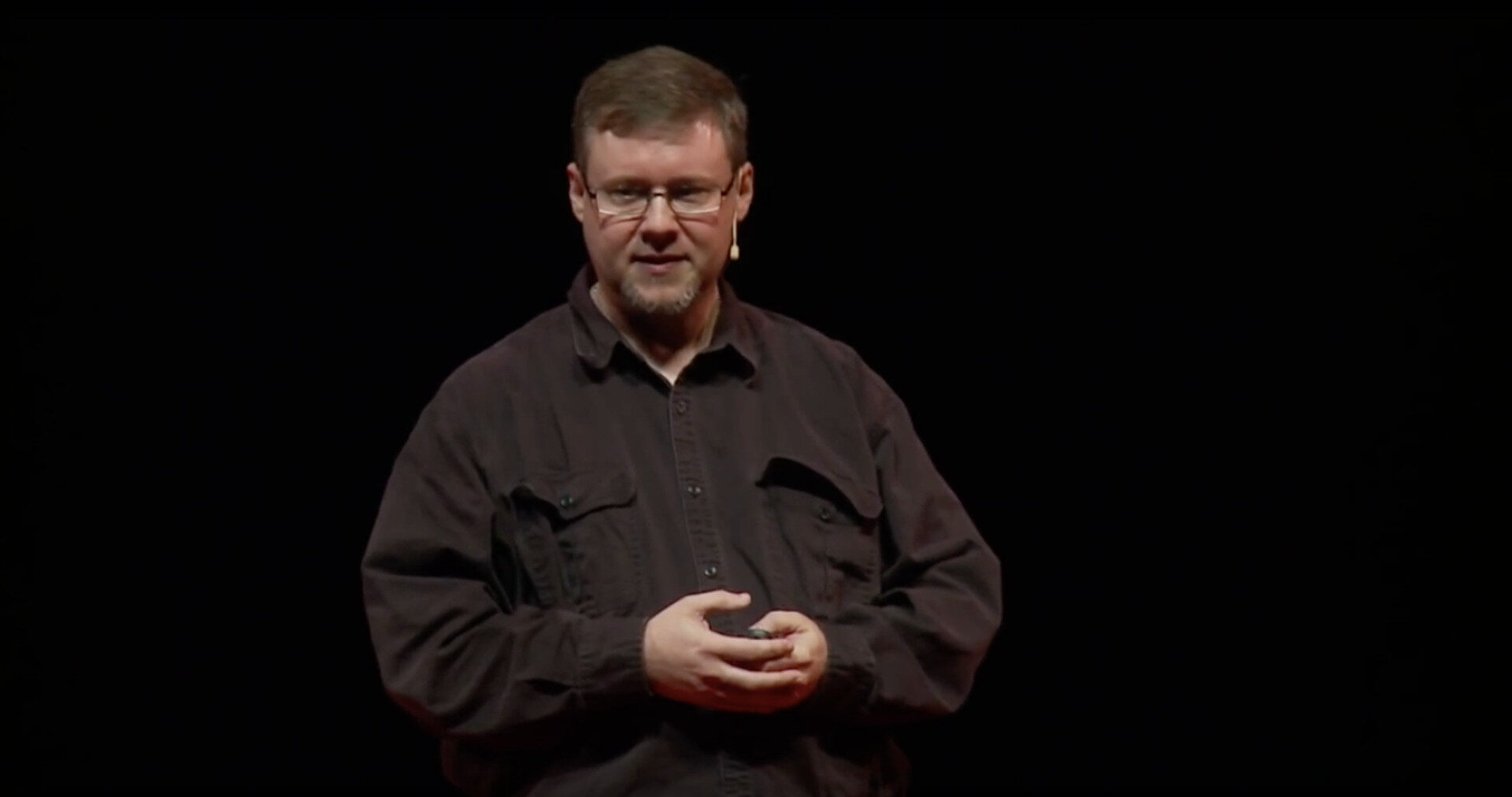-
Back to menu
Prices
-
Back to menu
-
Back to menu
Indices -
Back to menu
Research
-
Back to menu
Events -
Back to menu
Sponsored
-
Back to menu
Videos -
Back to menu
-
Back to menu
-
Back to menu
Webinars
Select Language
By Jamie Crawley, AI Boost|Edited by Parikshit Mishra
Aug 27, 2025, 11:55 a.m.

- Backed by YZi Labs (formerly Binance Labs), Republic Digital, HyperChain Capital, and others.
- Hemi’s “supernetwork” has already attracted over $1.2 billion in total value locked.
- Funding will support more applications for borrowing, trading, and building on Bitcoin.
Hemi Labs, the Bitcoin programmability network founded by Jeff Garzik, has raised $15 million in funding to accelerate development and expand its ecosystem.
The round included YZi Labs (formerly Binance Labs), Republic Digital, HyperChain Capital, Breyer Capital, Big Brain Holdings, Crypto.com and others, according to an emailed announcement on Tuesday.
STORY CONTINUES BELOW
The company said the funds will support applications for borrowing, lending, and trading on Bitcoin while further developing its Hemi Virtual Machine (hVM), a layer that embeds a Bitcoin node inside an Ethereum VM – the term for a decentralized system that can execute smart contracts and process transactions on Ethereum.
“Bitcoin doesn’t need to be reinvented; it just needs the right tools around it,” said Garzik, who is one of Bitcoin’s earliest developers. “Hemi provides DeFi protocols with a familiar way to build on Bitcoin, without requiring new skills, compromising on security, or sacrificing decentralization.”
Hemi now counts more than 100,000 verified users and 400,000 community members. Its ecosystem of 70 plus partners includes Sushi, LayerZero, MetaMask and Redstone. Total value locked has climbed to $1.2 billion.
The raise follows Hemi’s mainnet debut in March, which launched with $440 million already committed.
Hemi’s ecosystem includes Sushi, LayerZero, MetaMask and Redstone. Total value locked has climbed to $1.2 billion, Hemi said in the announcement.
Hemi’s growth reflects a broader wave of Bitcoin DeFi projects seeking to mobilize BTC’s $2.3 trillion market cap. Competitors like Lombard, with its liquid staking token LBTC, and BOB, a hybrid chain combining Bitcoin and Ethereum, are also building infrastructure to transform Bitcoin from a passive store of value into an active component of decentralized finance.
Disclaimer: Parts of this article were generated with the assistance from AI tools and reviewed by our editorial team to ensure accuracy and adherence to our standards. For more information, see CoinDesk’s full AI Policy.
Jamie has been part of CoinDesk’s news team since February 2021, focusing on breaking news, Bitcoin tech and protocols and crypto VC. He holds BTC, ETH and DOGE.
“AI Boost” indicates a generative text tool, typically an AI chatbot, contributed to the article. In each and every case, the article was edited, fact-checked and published by a human. Read more about CoinDesk’s AI Policy.
More For You
By Helene Braun, AI Boost|Edited by Aoyon Ashraf
Aug 24, 2025

Executives at Jackson Hole’s SALT conference said the old boom-and-bust halving rhythm is breaking down, with survival now tied to cheap power and diversified infrastructure.
What to know:
- Bitcoin miners say traditional halving cycles matter less as institutional demand and power infrastructure reshape the business.
- Companies like Terawulf, IREN, Marathon and Cleanspark are diversifying into AI and data center deals to stabilize revenue.
- Access to low-cost energy remains the key to profitability as hash rate climbs and mining margins tighten.















